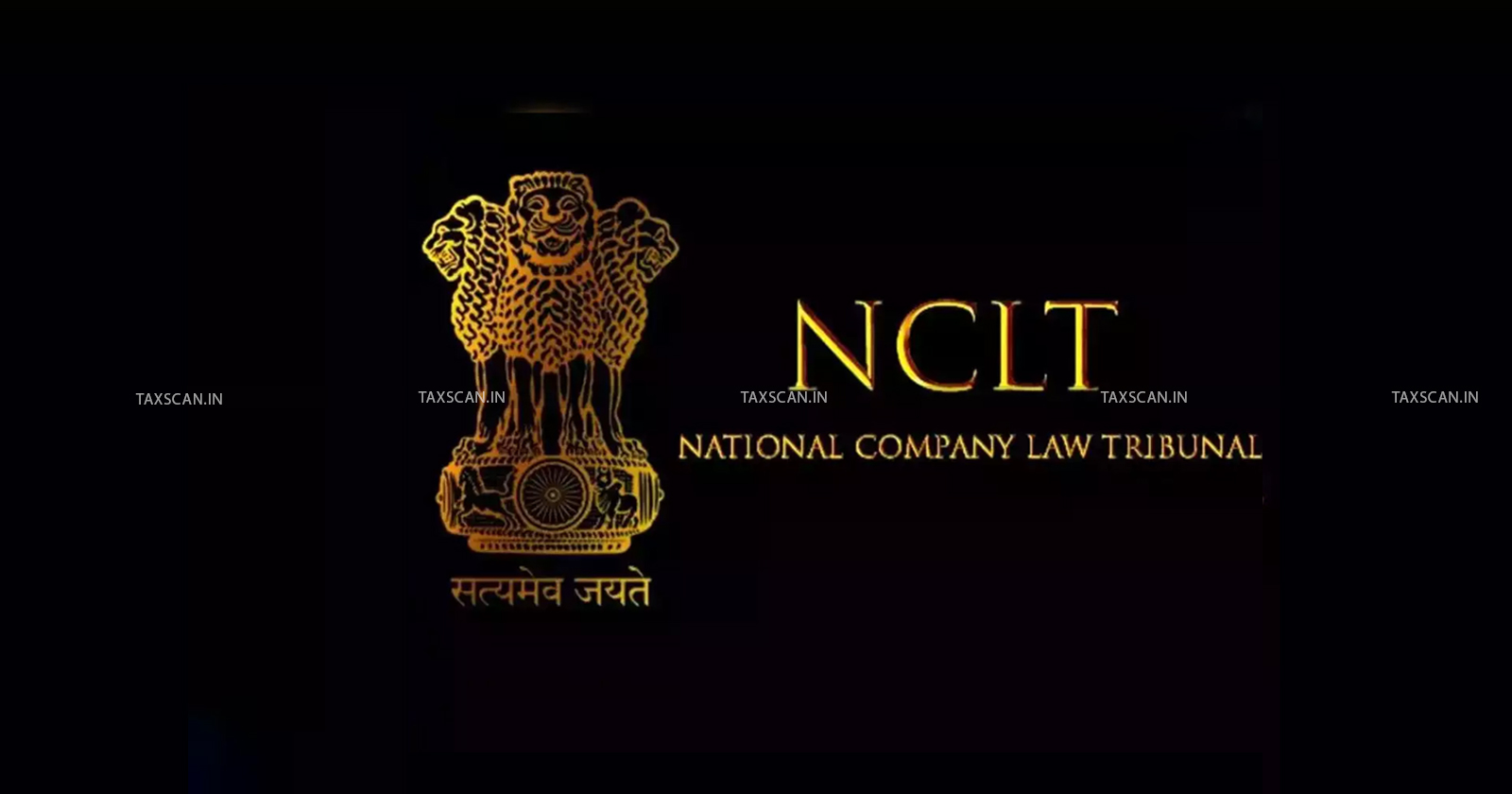NCLAT Upholds CIRP Initiation by Central Bank Against Corporate Guarantor Despite Stamping and Novation Contentions, Dismisses Appeal of SEPL’s Ex Director [Read Order]
Insufficiently stamped Deed of Guarantee is a curable defect and the onus to cure the same was on the Principal Borrower or the Corporate Guarantor as it was their obligation to pay the stamp duty.
![NCLAT Upholds CIRP Initiation by Central Bank Against Corporate Guarantor Despite Stamping and Novation Contentions, Dismisses Appeal of SEPL’s Ex Director [Read Order] NCLAT Upholds CIRP Initiation by Central Bank Against Corporate Guarantor Despite Stamping and Novation Contentions, Dismisses Appeal of SEPL’s Ex Director [Read Order]](https://images.taxscan.in/h-upload/2025/10/01/2092979-appeal-dismissed-taxscan.webp)
The National Company Law Appellate Tribunal (NCLAT), Principal Bench, New Delhi, has dismissed an appeal filed by Siddharth Satish Katariya, Ex-Director of Superfine Extrusions Private Limited (SEPL), challenging the initiation of Corporate Insolvency Resolution Process (CIRP)by Central Bank against the company, pointing to insufficient stamping.
The Tribunal upheld the order of the National Company Law Tribunal(NCLT) which had admitted a Section 7 application filed by Central Bank of India by holding that insufficiently stamped Deed of Guarantee is a curable defect and the onus to cure the same was on the Principal Borrower or the Corporate Guarantor as it was their obligation to pay the stamp duty.
The Adjudicating Authority has admitted the Section 7 application filed by the Central Bank of India admitting the Corporate Debtor/Corporate Guarantor into the rigours of Corporate Insolvency Resolution Process (“CIRP” in short). Aggrieved by the impugned order, the present appeal has been preferred by the Appellant- suspended Director of the Corporate Debtor.
The Central Bank of India and other banks as a consortium had extended credit facilities to M/s Superfine Metal Pvt. Ltd. (“SMPL”) as the Principal Borrower. The said loan was secured by M/s Superfine Extrusions Pvt. Ltd. (“SEPL”) as one of the Corporate Debtor/Corporate Guarantors.
On 26.12.2019, letter of sanction was issued by the Central Bank of India to SPML-Principal Borrower for Ad hoc Limit of Rs 3.70 Crores. Another sanction letter dated 09.09.2020 was issued for FITL Scheme to SPML for a sum of Rs.3,16,90,762/-. In the sanction letters dated 26.12.2019 and 09.09.2020, Bank of Maharashtra got added to the Consortium of Banks. On 29.11.2020, the accounts of SMPL-Principal Borrower were classified as NPA.
On 29.06.2022, a Section 13(2) Demand Notice under SARFAESI Act was issued against the SMPL for a default of Rs 86.23 Cr. On 02.01.2023, the Consortium of Banks issued a Recall Notice to SMPL, SEPL and other guarantors to the Consortium Agreement to repay the defaulted amount within eight days of the notice. Since the defaulted amount was not paid, a Demand Notice was issued by the Central Bank of India-Respondent No.1 to SEPL on 06.03.2023 which was followed by the filing of a Section 7 petition for an amount of Rs 94.71 Cr.
 Also Read:Condonation of 17-Day Delay Exceeds 15-Day Limit u/s 61(2) of IBC: NCLAT Rejects Appeal [Read Order]
Also Read:Condonation of 17-Day Delay Exceeds 15-Day Limit u/s 61(2) of IBC: NCLAT Rejects Appeal [Read Order]
It was emphatically asserted that all that the Adjudicating Authority is required to look into in a Section 7 application is the issue of debt and default. Since the Appellant has not disputed the liability arising out of the discharge of the guarantee obligations in respect of the debt of the Principal Borrower qua the Respondent Bank nor denied the incidence of default, the admission of the Section 7 application by the Adjudicating Authority was in consonance with the statutory provisions of the IBC and in conformity with the judicial precedents of the Supreme Court.
A two member bench of Justice Ashok Bhushan, Chairperson and Barun Mitra, Member (Technical) observed that insufficiently stamped Deed of Guarantee is a curable defect and the onus to cure the same was on the Principal Borrower or the Corporate Guarantor as it was their obligation to pay the stamp duty.
The Principal Borrower had even undertaken to pay the deficit stamp duty payable in case any such demand was raised. The deficit was admittedly not paid by the Principal Borrower as no such demand was raised. Since neither the Principal Borrower nor Corporate Guarantor took any corrective steps in this direction, the Appellant as the Corporate Guarantor cannot be seen to take undue benefit of inaction/lapse on their own part to cure the defect.
The appellant had argued that the guarantee deeds executed by SEPL in 2015 and 2016 were insufficiently stamped and hence inadmissible, and that a new guarantee deed executed in 2020 had novated the earlier contracts. The NCLAT rejected these contentions, finding that the 2020 guarantee did not extinguish the earlier guarantees, as the sanction letters clearly stated that existing securities would continue to apply.
The Tribunal viewed that the core issues of debt and default were not contested by the appellant, and the technical objections raised could not defeat the substantive rights of the financial creditor to initiate insolvency proceedings.
The Appellant has only tried to get over their liabilities on the ground that the earlier contract of guarantee having been novated, there was no liability on the part of the Corporate Guarantor until the new Guarantee Deed was invoked and on the ground that no occasion had arisen for the Appellant to discharge their liabilities due to insufficient stamping of the Guarantee Deeds.
“The admission of the Section 7 application cannot be obfuscated or defeated by raising such unfounded technical pleas. In the present case, when debt and default is undisputedly established, the Adjudicating Authority did not commit any error in accepting the Section 7 application.”, the tribunal held.
Support our journalism by subscribing to Taxscan premium. Follow us on Telegram for quick updates


